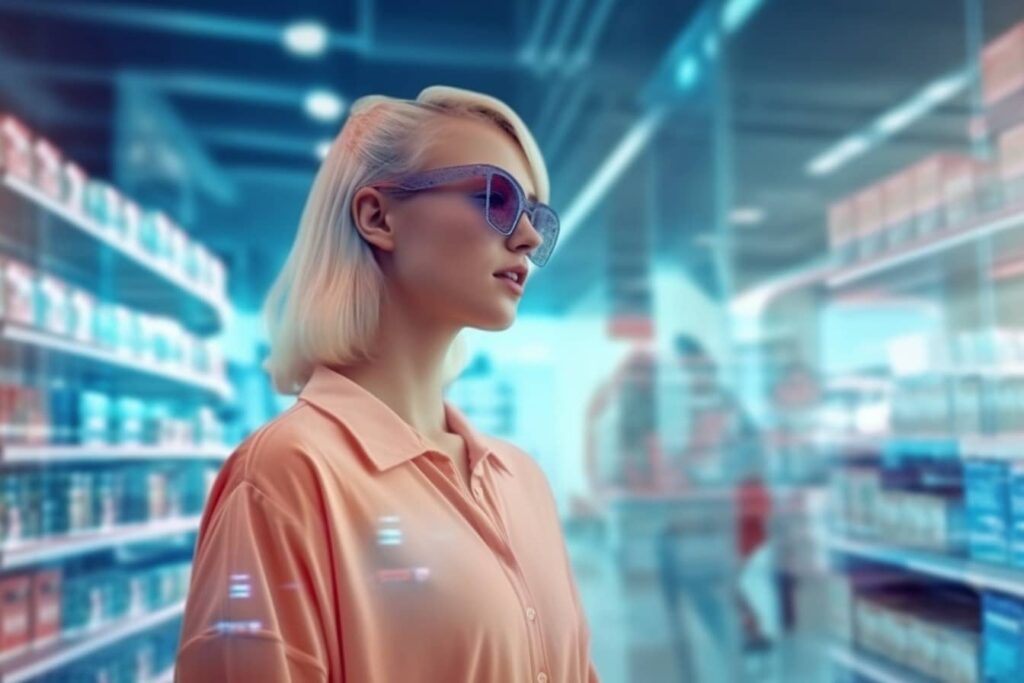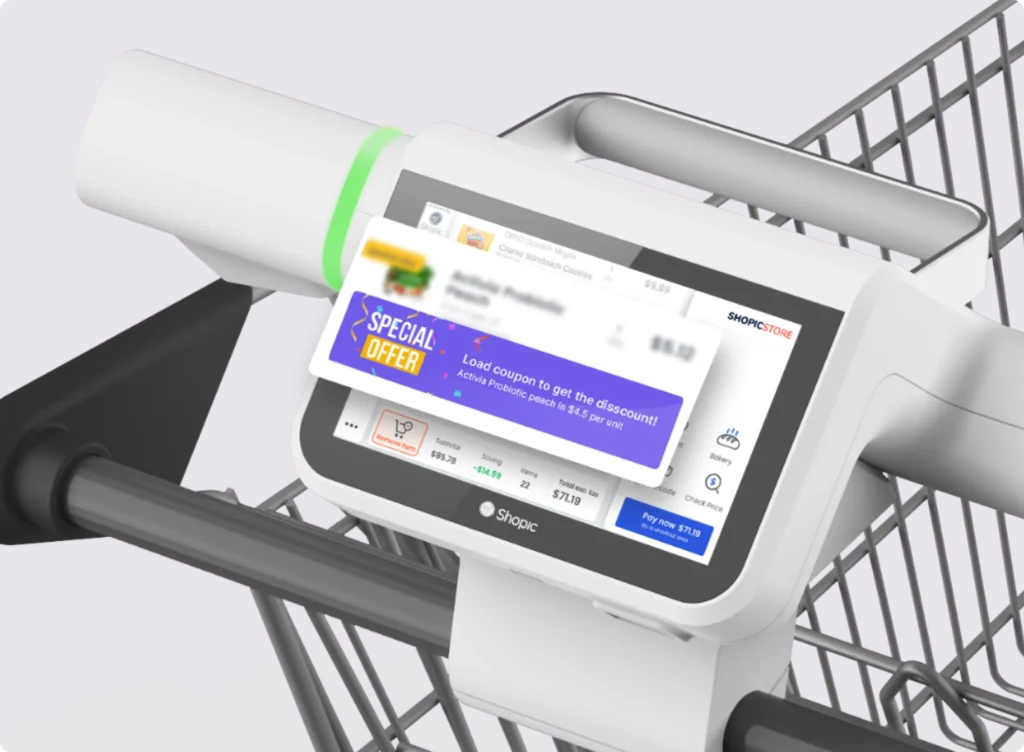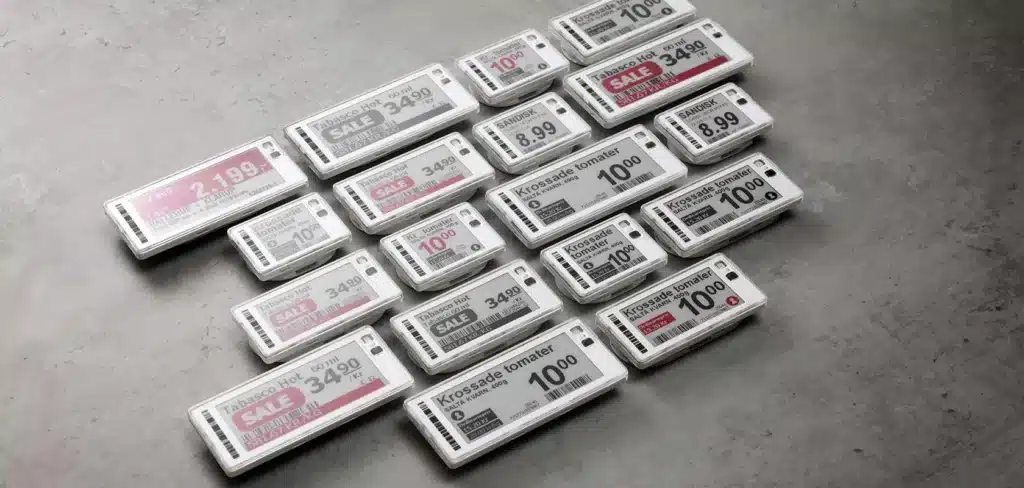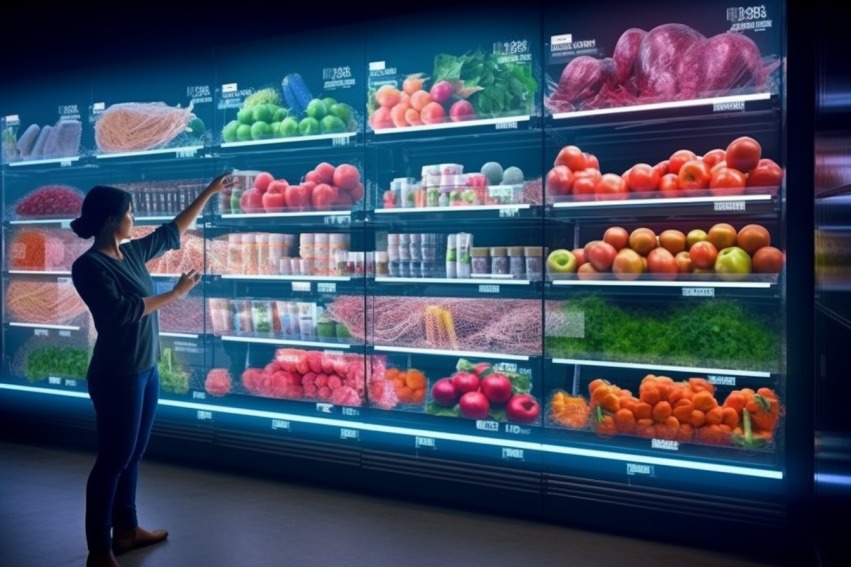Our visits to the supermarket are about to undergo an epochal change. Imagine a place where you no longer have to wander through the shelves looking for your favorite jam or queue at the checkout with an overflowing trolley. This is no longer science fiction, but the near future of our shopping enriched by digital technologies.
However, don't think that we are talking about the end of physical stores, on the contrary. Despite the growth of e-commerce, the82% of customers he still prefers to do his shopping “in person”. However, their experience does not always live up to expectations. That's why industry pioneers are already working to bring the supermarket into the digital future. With four major technological "interventions" that bring the analogue world closer to the digital one.
Virtual Reality, “increased” spending

Who hasn't heard of virtual reality and augmented reality? Apple fans certainly don't: they've been dreaming for 48 hours now of everyone walking around with ski goggles that put a whole series of digital information in their physical space. The bet of the first company in history to reach a valuation of 3 trillion dollars is sobering. The technology behind AR and VR will open up new fields and markets, and the food sector will be no exception. In a few years, grocery shopping will become an immersive experience.
Think about trying on clothes in this way, choosing which ones to wear physically and which ones to see with a "flying" preview through AR glasses. Same thing for more or less immersive demos of the products you are thinking of purchasing. And the shelves? Those, too, could become more “virtual” and “augmented,” allowing customers to quickly find what they are looking for while shopping: online or offline.
Smart Carts and Automatic Check-Outs

Another innovation that is transforming grocery shopping is a small clip-on device to make shopping carts “smart.” Why? Quickly said. It allows customers to quickly scan items and find additional product information. A notable example of this technology is Shopic, a device that uses artificial intelligence to detect items in your cart, offer product recommendations and present personalized offers. When you're done shopping, just confirm the total at the checkout and leave the store.
From the first tests carried out, Shopic makes shopping faster, reduces store costs and increases the average cart value. The largest Israeli supermarket chain, Shufersal, has already installed 2000 units. The “physical” cash register we know today may no longer exist in 10 years.
Digital shelves and smart labels

Have you ever wanted to have all the information about a product right in front of you while you shop? With interactive product displays this is possible. Through touchscreens and sensors, customers can have immediate access to additional information on the products that interest them. The Hema supermarkets in China, owned by the giant Alibaba, already accompany all product "labels" with the ubiquitous QR Code which provides additional information, discounts and checkpoints on the food supply chain.
Even more innovative are the smart shelves, o Electronic Shelf Labels (ESL), which provide automatic, real-time information on pricing, availability and more. This allows customers to shop more easily, always having accurate and up-to-date information available. A circumstance that will open up gamification in an absurd way: imagine "timed" offers that are triggered without warning, reducing the prices of a product or an entire category of products in real time.
It's not all groceries and flowers
The exciting digital transformation of the food industry is not without its potential challenges and concerns. First of all, the time required to "convert" the points of sale to allow the functioning of these digital solutions. Many supermarkets still rely on manual processes and outdated technologies. Agile demand planning cycles will need to be implemented to ensure the right products are available at the right time. This will obviously produce a slower and more patchy transition.
Naturally, privacy and data collection concerns will also emerge. How data is stored, used and protected needs to be carefully considered before implementing any digital solution, and this could be a challenge for many retailers. New job opportunities for data protection experts, who will have to experiment even more with large-scale distribution.
Last but not least, indeed: the rise of automated digital solutions could lead to job losses in the sector, a circumstance that will need to be taken into consideration to prepare the right alternatives and the right protections for those who work in this sector today and tomorrow he won't do it again.
In conclusion
the food industry is making great strides in adapting to digital technologies and reshaping the customer experience. Interactive displays, QR codes and smart hardware promise convenience and ease of use to shoppers, and integration with augmented reality could completely disrupt both the industry and the shopping experience.
Retailers need to be aware of the potential issues that could arise when transitioning to digital systems. However, they must also prepare for a change that will be practically inevitable. Through digitalisation, supermarkets will make shopping a better experience for their customers, ushering in a new era of convenience and efficiency. As long as there is money to buy, n'est pas?


